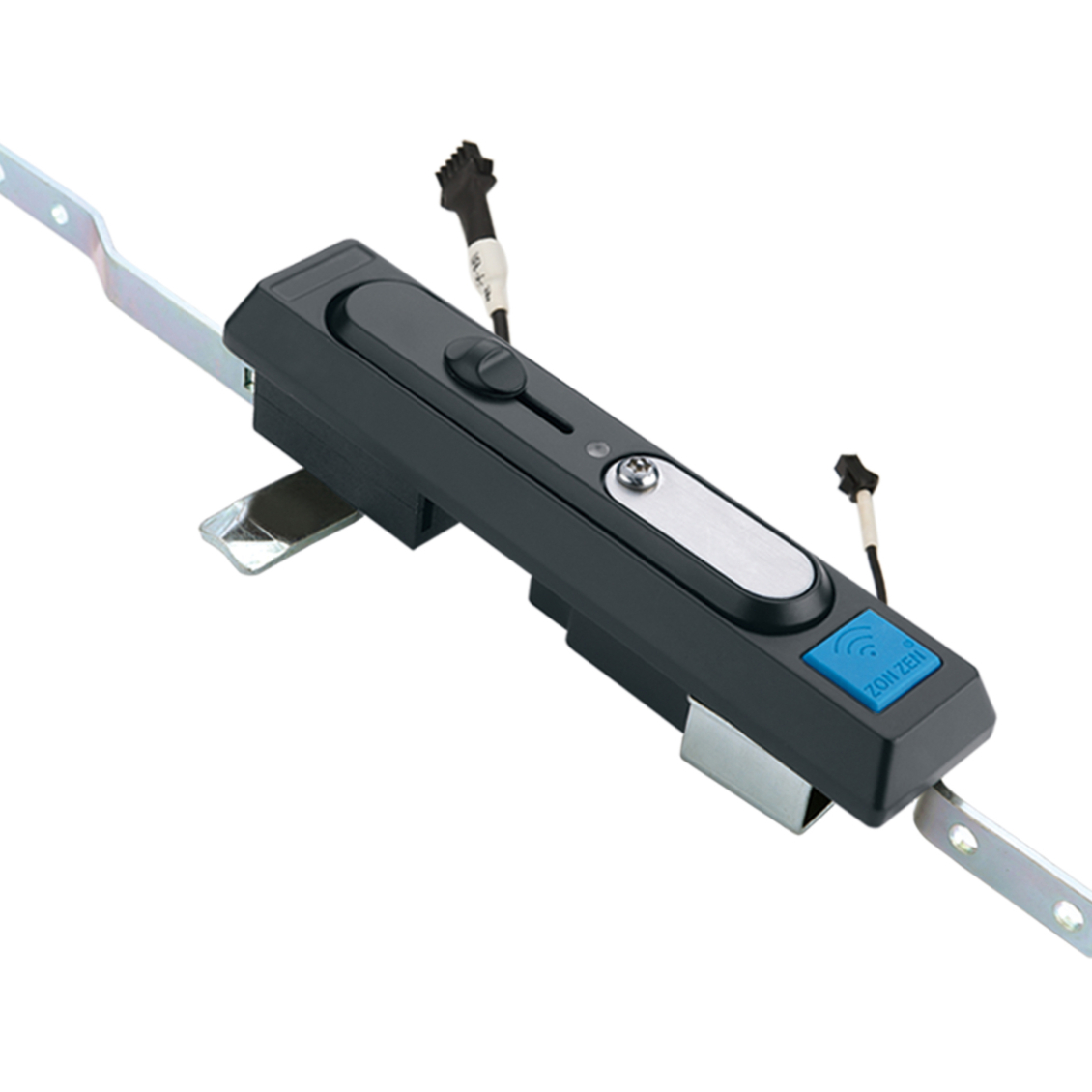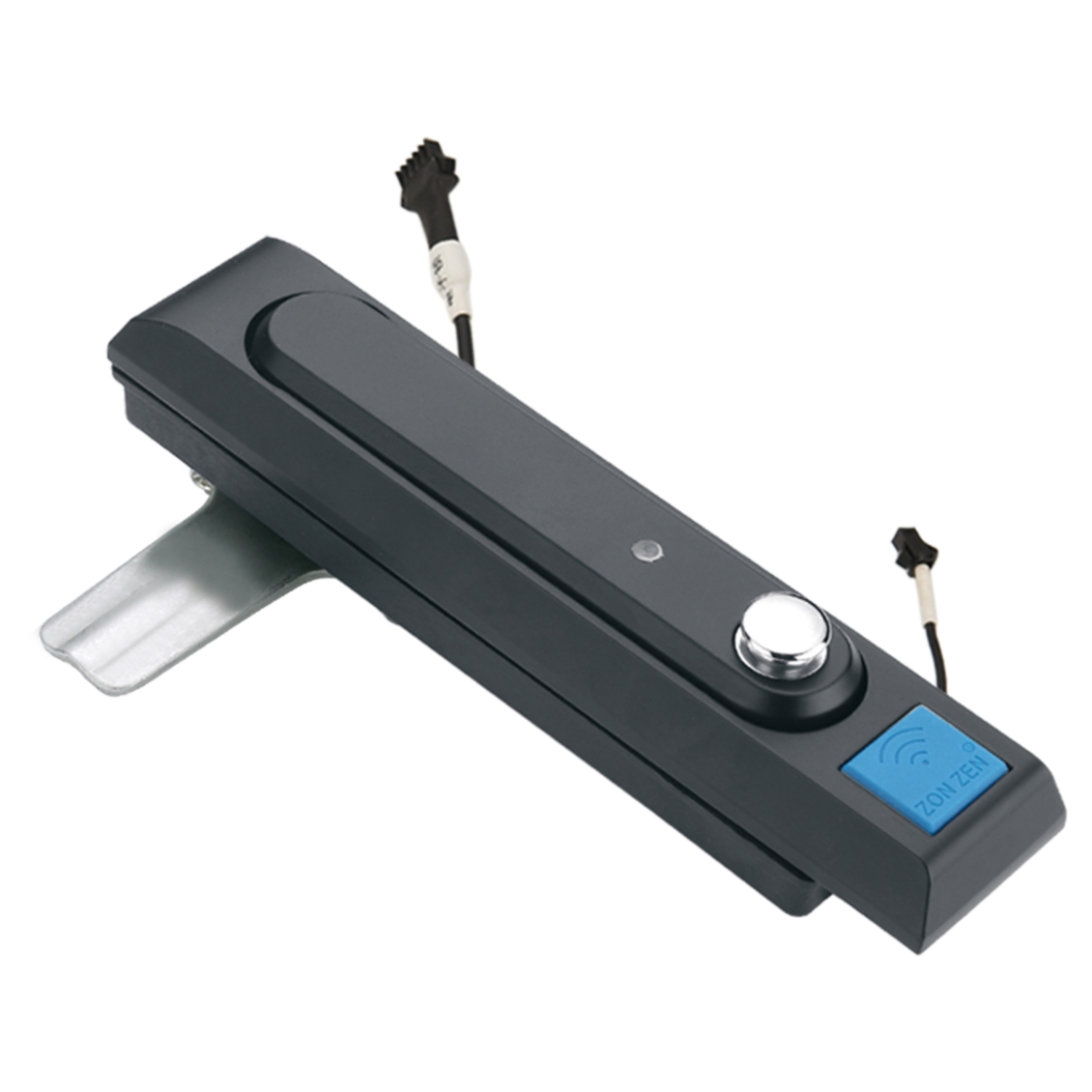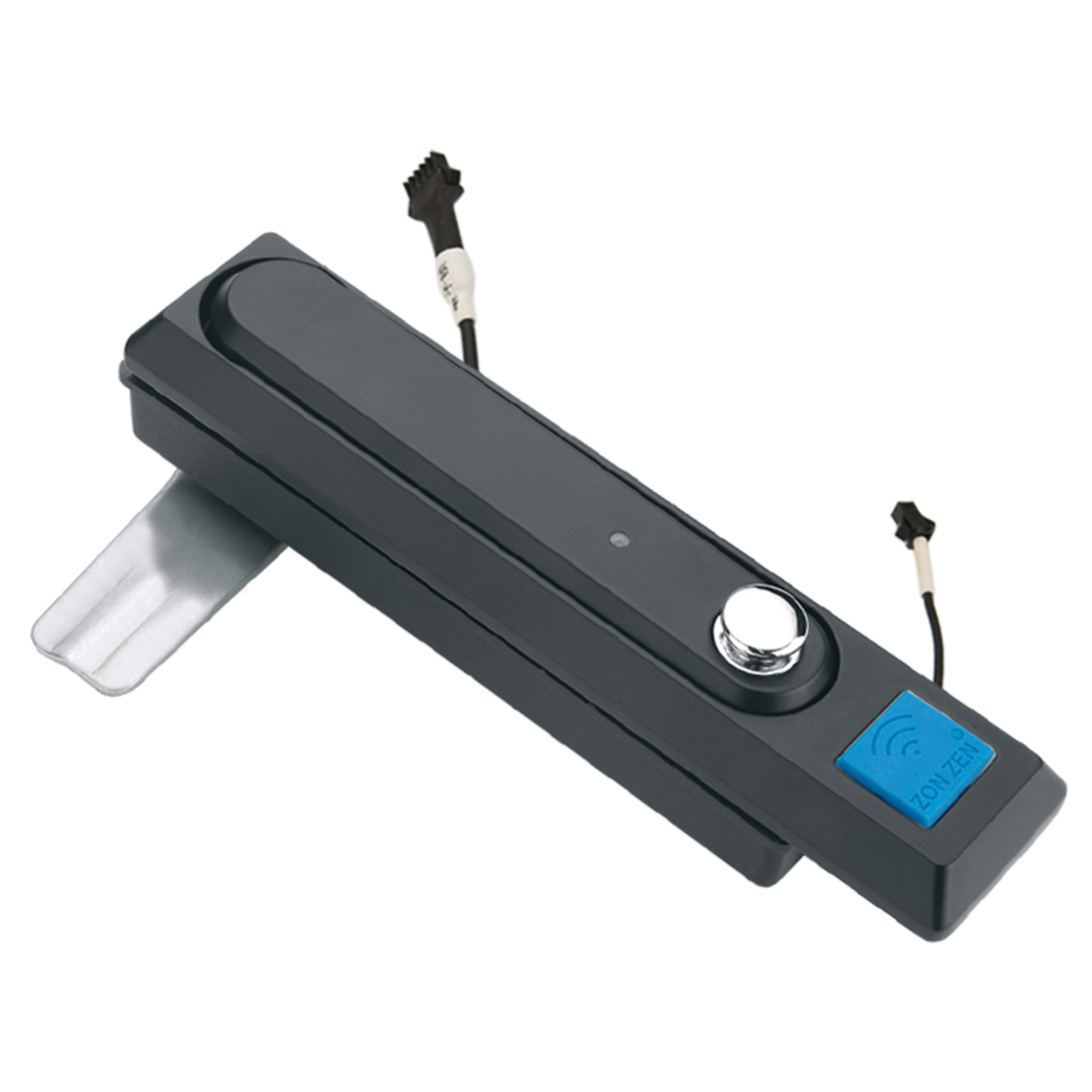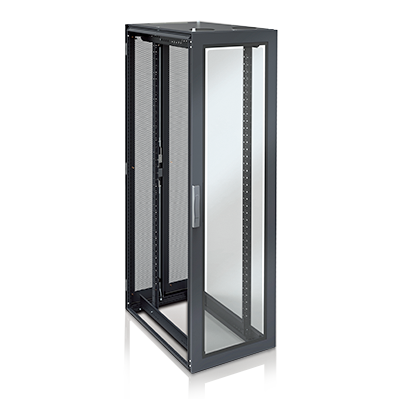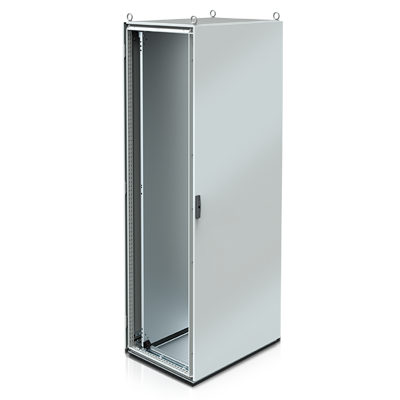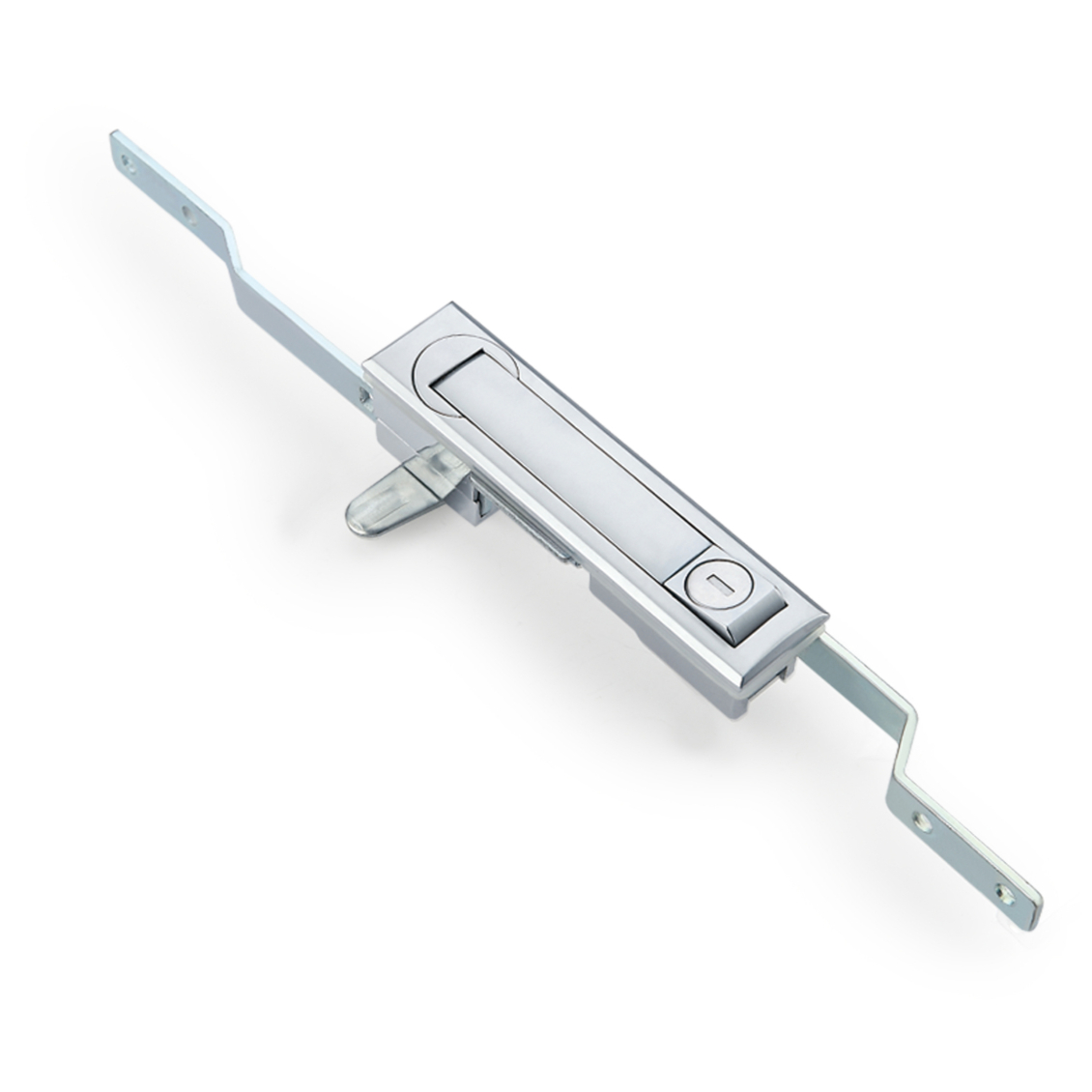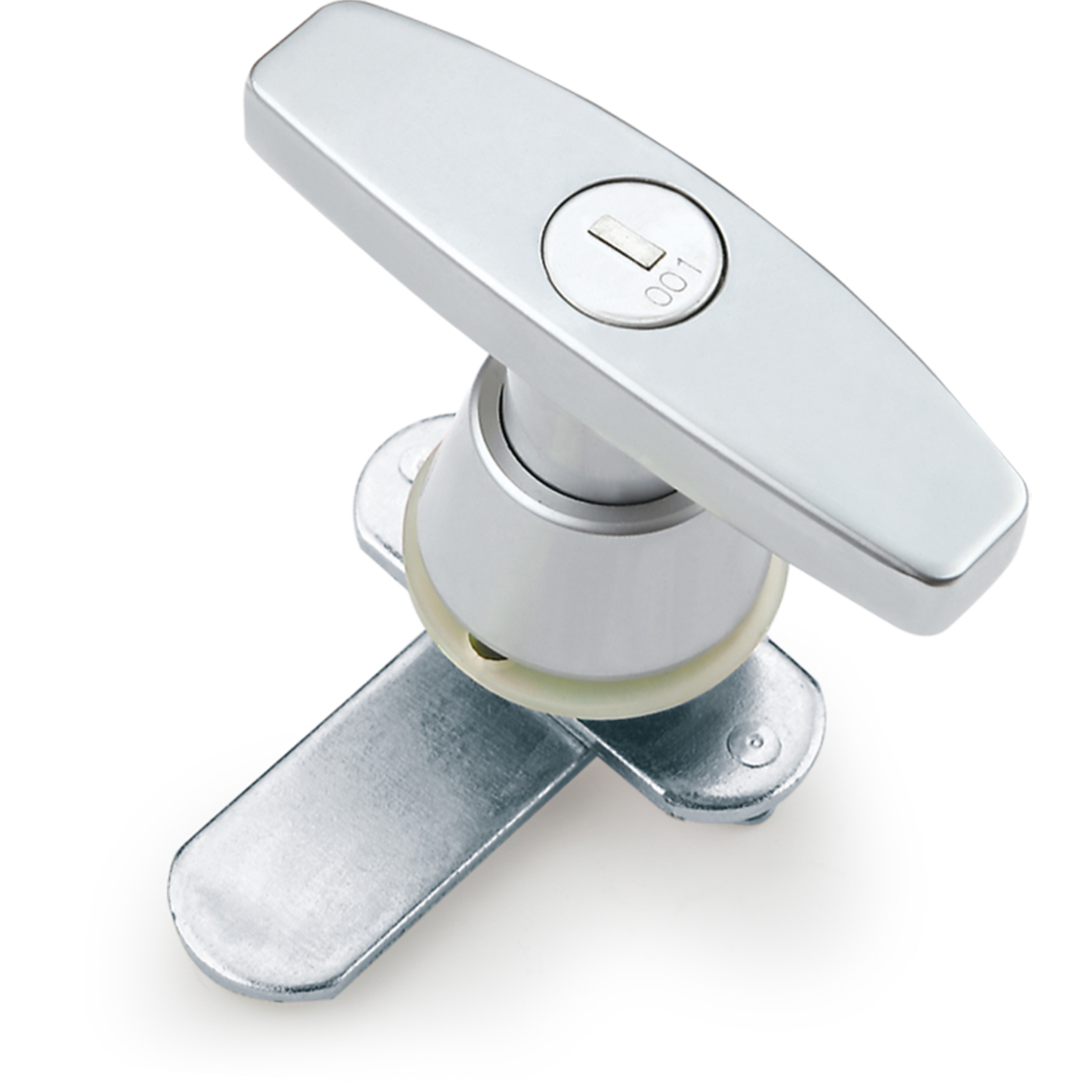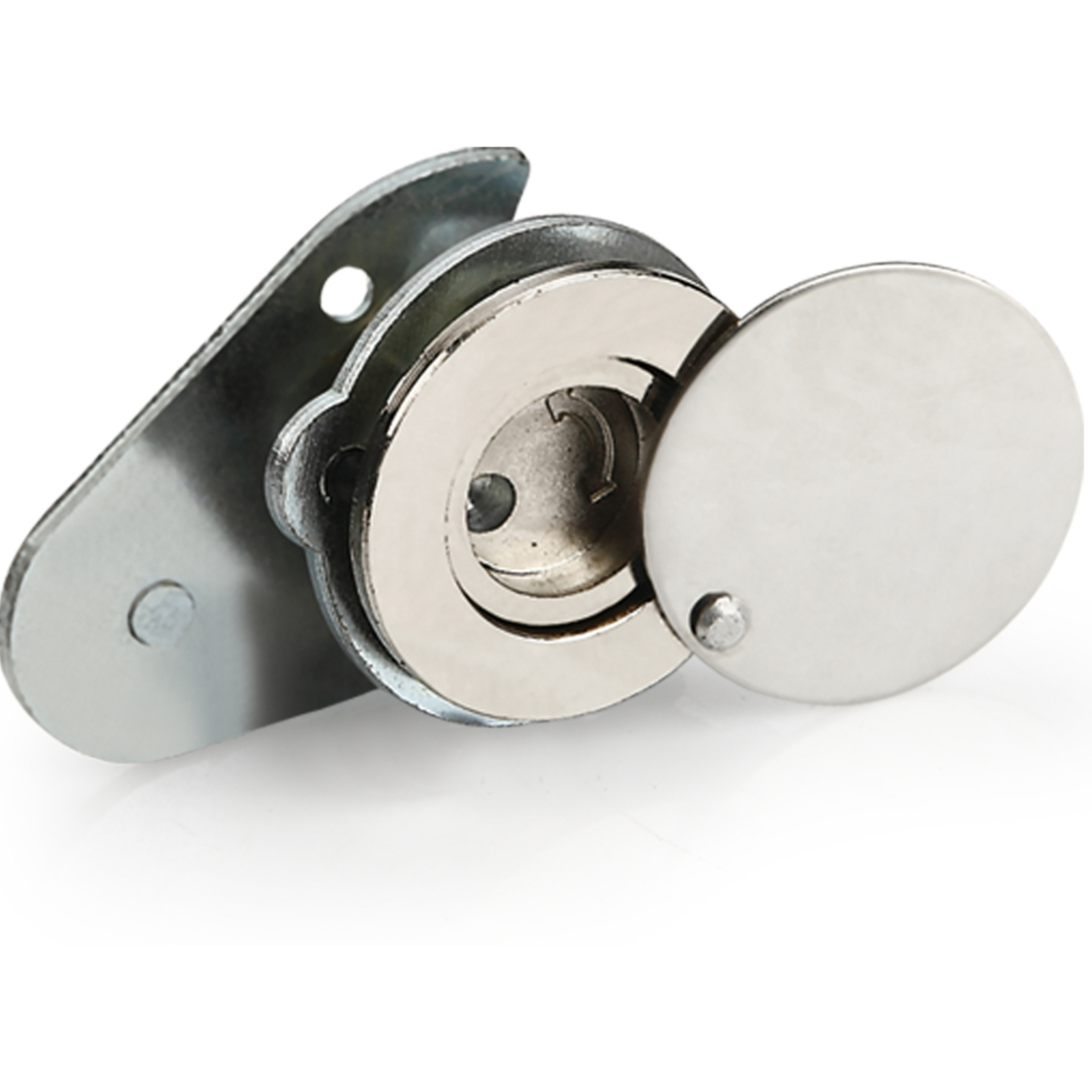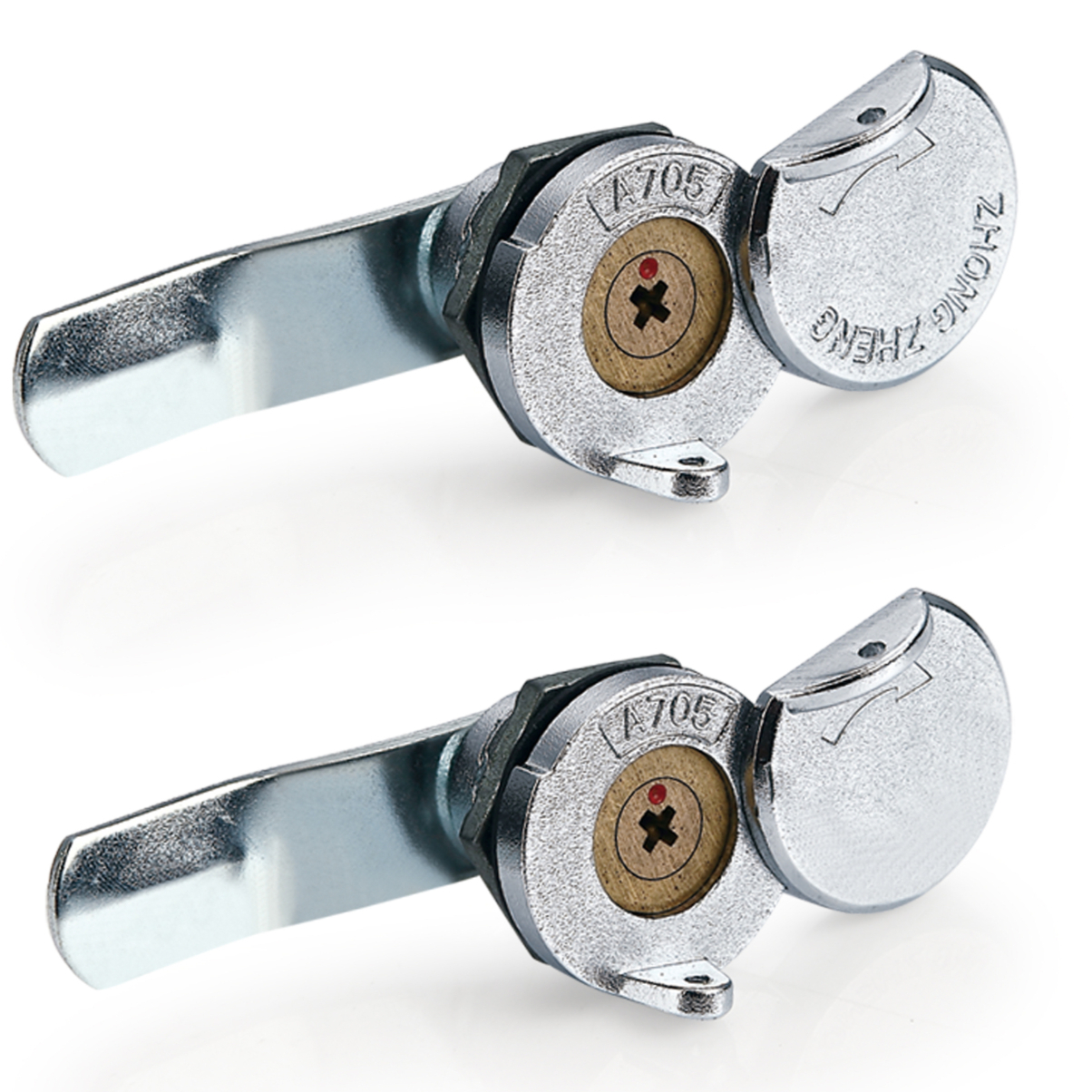An intelligent lock is an electronic door lock that enables property owners to remotely manage who has access to their premises. They may be connected with smart technologies and other internet-connected devices like digital assistants or security cameras in order to automate and enhance security measures.
No matter where your data center is located – in an existing building, colocation space, or even a dedicated one – it’s essential to keep server racks and cabinets secure. That’s why many managers are turning towards intelligent electronic locks for rack-level protection.
With certain locks, you may be able to configure them with specific information regarding lock status (locked or unlocked), latch status (handle up/down), or door status (open or closed). These can be monitored locally or remotely from a computer, tablet, or phone.
Intelligent locking solutions integrated with Data Center Infrastructure Management software (DCIM) enable organizations to centrally manage access, saving both money and time by eliminating the need to store physical keys. Additionally, this helps organizations meet compliance regulations such as HIPAA and other regulations related to sensitive data.
Types of Intelligent Electronic Locks
As their name implies, intelligent electronic locks offer access control, monitoring, and audit trail features.
These locks often include an integrated Wi-Fi connection that enables users to monitor who enters their home and when. Furthermore, they enable remote access through smartphone applications.
Biometric electronic locks use physical and behavioral traits to identify people. These unique, measurable characteristics cannot be easily copied or replicated by an attacker.
Biometric data cannot be replaced if stolen or lost, unlike passwords which can be changed if lost or stolen. Therefore, it must be safeguarded and stored with extra caution.
When considering whether biometrics should be used in an ID system, there are numerous factors that need to be taken into account, including risks and costs. These should all be taken into account during the planning stage of any ID project.
Bluetooth is a wireless technology used by many in the smart home space, such as motion sensors and proximity locks. They’re connected to your smartphone via Bluetooth signals which unlock your door when you approach or lock it again when you leave.
Smart locks with this feature are an excellent way to improve convenience and security around your property. They’re compatible with voice assistants like Google Assistant and Alexa, allowing you to control your door from your phone or smart home hub.
Keypad locks have become increasingly popular among both homeowners and business owners as a convenient way to unlock doors. They also serve as keyless entries, eliminating the need to carry keys or fobs around.
This type of lock requires users to enter a PIN code on a digital keypad. They have complete control over this PIN, including being able to customize it for their door at any time or changing it at will.
Smart locks that utilize Wi-Fi technology can communicate with other home devices and your phone, as well as cloud-based technology like Google Assistant and Amazon Alexa, as well as third-party products like Samsung SmartThings.
Some smart locks connect to your router via Bluetooth instead of Wi-Fi, making this an attractive option for people who want to control their lock from a smartphone. However, there are some drawbacks to consider.
Applications of Intelligent Electronic Lock
Integrating an intelligent lock into your data center security strategy offers a suite of features to protect your most valuable assets. Whether it’s racks, server cabinets, or storage devices you need to secure, electronic locking solutions can reduce theft and physical damage risks while satisfying compliance mandates and regulations.
High-quality intelligent locks can be hardwired into existing building security networks, giving data center managers the option to retrofit a single access point with an economical and streamlined physical security solution. For instance, wiring the lock into the network of the power distribution unit (PDU) and managing it through dedicated controller modules in each cabinet reduces networking overhead for monitoring purposes.
An intelligent electronic lock has the unique feature of being automated through software. This enables data centers to monitor access activity, track people who have accessed their racks, and assign entry rights for specific users and dates.
Working Principles of Intelligent Electronic Lock
An Intelligent Electronic Lock is composed of an intelligent monitor and an electronic lock. The monitor supplies power to the electronic lock while receiving its status information. The electronic lock sends password errors, operation states, supply current, coil current, etc., to the intelligent monitor for increased communication reliability. The smart repeats these transmissions periodically throughout its lifespan to maintain reliability throughout all stages of transmission.
Furthermore, an intelligent monitor sends password errors, operation states, and supply current to an electronic lock repeatedly for a specified period of time to guarantee that it can correct them promptly. This method effectively prevents incorrect transmission of passwords and password errors, which reduces damage caused by incorrect use of an electronic lock.
Moreover, the intelligent monitor can be programmed by the microcontroller to detect when the battery voltage falls below a specified value and illuminate a yellow low-voltage prompt LED as a reminder to replace the battery as soon as possible. Furthermore, the MCU controls the power supply circuit, disabling it when not functioning optimally to save energy and resources.
Advantages and Importance of Intelligent Electronic Lock
One major advantage of electronic locks is their ease of setup and use. You can connect them to your smartphone, so you receive notifications whenever someone enters or exits your home – this can be especially handy if you have children, are away on vacation, or running errands and want to know who has entered or exited.
Furthermore, most modern smart locks come equipped with features like alarms and auto locking that will protect your property when you’re not present. This can prevent burglars from getting inside and make it simpler to catch them if they attempt to break in.
You can program your electronic lock to only let certain people in. This is especially useful if you have children, tradespeople working on your property, or guests visiting frequently. Not having multiple keys for different people saves time and energy – plus, it helps protect pets if they remain home while you’re gone!
Another advantage of electronic locks is that they serve as a visual deterrent for criminals. They’re especially beneficial if you have sensitive equipment or valuable items stored on your premises since these will be more likely to deter potential break-ins.
For business owners looking to secure data center doors, ZONZEN Intelligent Electronic Lock for Your Data Center is an ideal solution. It combines battery power, electromechanical locks, and smart door entry devices into one system that’s simple to install, manage and upgrade.

